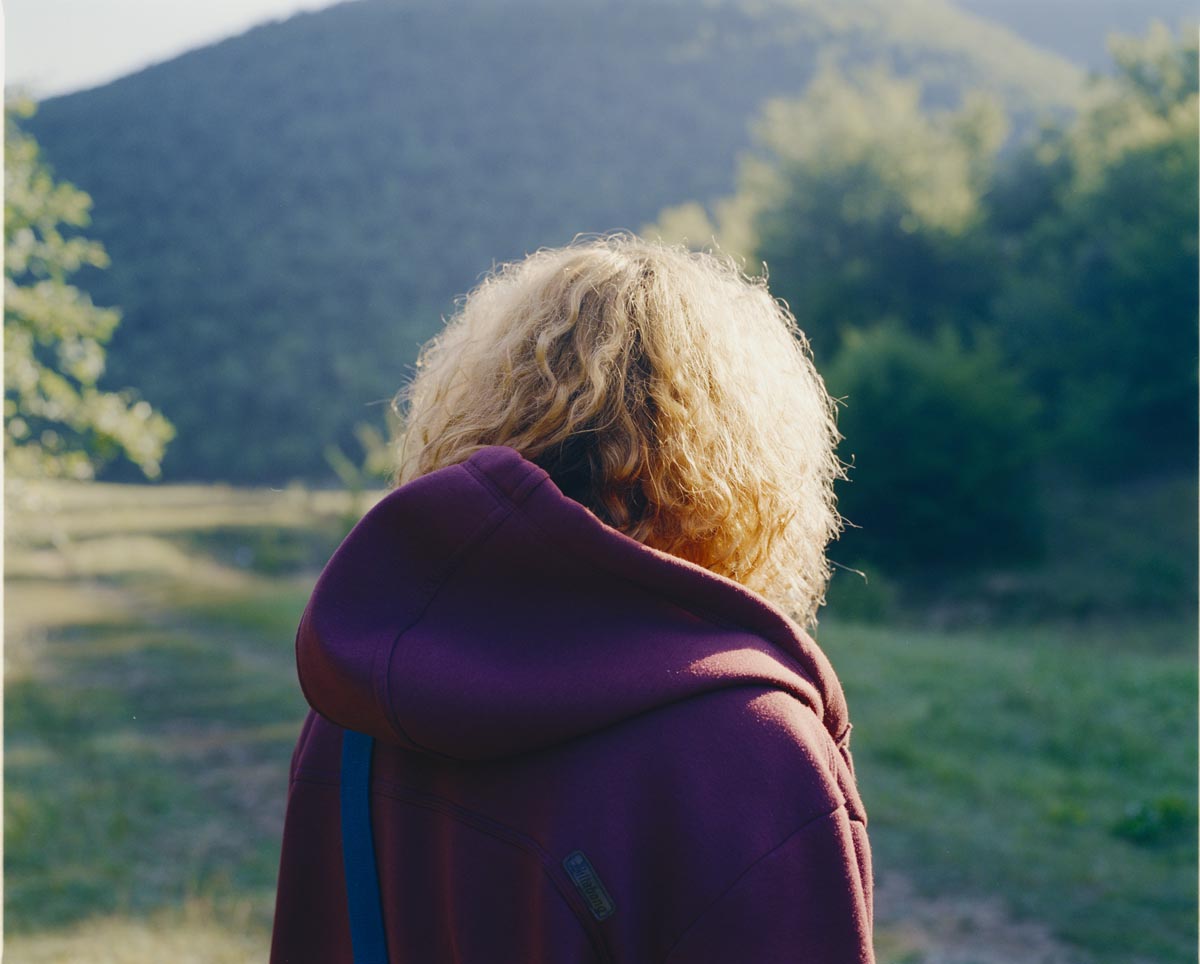Communication with the purpose of culturally promoting artists included in the Fundación María Cristina Masaveu Peterson Collection, works protected by intellectual property rights. Their total or partial reproduction or processing by any means, or their transmission or cession in any form is forbidden without the authorisation of the holder of the rights to the works
#2
TECHNICAL DATA
Author: Ángel de la Rubia ( Vigo, 1981)
Title: #2
Year: 2008
Technique: C-print, on framed Dibond
Size: 120 x 147 cm
Serie: Ks (Liminality: Kosovo)
Edition: 1/3
This work by Ángel de la Rubia was acquired by the Fundación María Cristina Masaveu Peterson in 2010 at the JUSTMAD fair in Madrid, held simultaneously with the workshops in the International Contemporary Art Fair (ARCO) that same year. It comes from a series by this Galician artist, who trained at the Art School of Oviedo, who drew inspiration from the scenery, details and landscapes in Kosovo to develop an interesting photographic project after winning the grant from the Contemporary Art Museum of Castilla‐León (MUSAC) for an in-situ study of the conditions of this new republic created in the Balkans after the end of the war in 1999. The title KS (Liminality: Kosovo) is based on anthropological terminology in which Ángel de la Rubia posits the existence of a fundamental state in the transitional rites existing in all cultures, which represent the shift from one life stage to another.
This is a piece that not only boasts compositional power but also harbours clear conceptual aims, as is common in the works of this restless artist. The graphic materials that he tends to use in his projects alternate between photographs, documents, investigations, his own notes and videos, where the balance between the documentary work and subtlety is crucial to representing this transition of the human figure’s condition, here with their back to us, as a representative of a people or a community in its shift from youth to adulthood, as the image tries to suggest. As the author states, the generation of Kosovars captured here, in their early twenties, was the first who grew up with the idea of a Kosovo independent of Serbia, and they inhabit that particular set of symbols which the majority of the works in this thematic series recreate.

